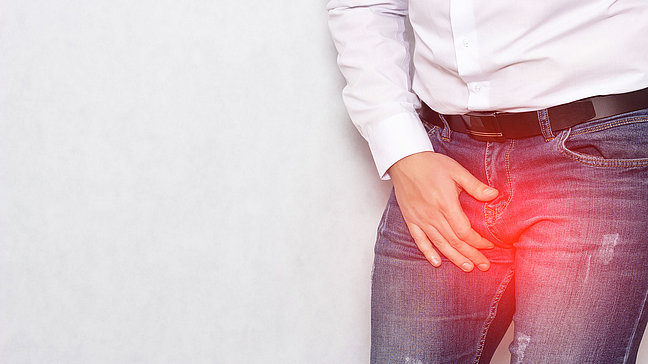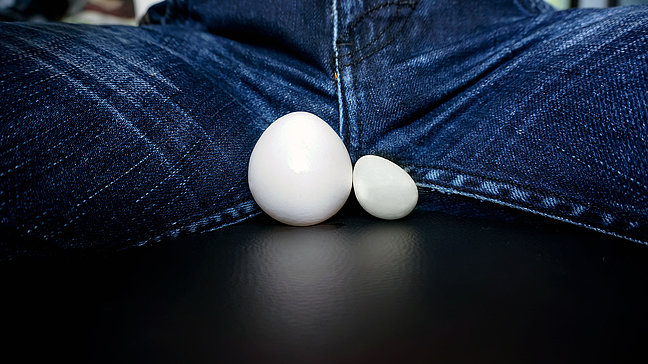
Testicular torsion
Causes of testicular torsion
The main cause of testicular torsion is an anatomical anomaly where the testicle has too much freedom of movement in the scrotum, known as the "bell clapper deformity." This anomaly can be congenital and increase the risk of testicular twisting. Other possible triggers include:
- Sudden movements or injuries in the groin area
- Intense physical activities
- In some cases, testicular torsion can occur spontaneously without clearly identifiable triggers
Symptoms of testicular torsion
- Sudden, severe pain in the scrotum
- Swollen, tender, and hardened testicle
- Nausea and vomiting in response to the severe pain
- Unilateral swelling or displacement of the affected testicle in the scrotum
- Pain when touching the testicle or the lower abdominal area
Diagnosis of testicular torsion
The diagnosis is usually made through a physical examination, during which the doctor checks the testicle for swelling, tenderness, and displacement. An ultrasound of the testicle can be used to assess the blood flow to the affected testicle. If testicular torsion is suspected, an immediate surgical examination is often required to save the testicle.
Treatment options for testicular torsion
- Surgical Detorsion: The treatment of choice for testicular torsion is immediate surgery. During the procedure, the testicle is untwisted and blood flow is restored. To prevent a recurrence of the twisting, the testicle is surgically fixed in the scrotum (orchidopexy).
- Emergency Surgery: In the case of testicular torsion, every minute counts, as the risk of permanent damage to the testicle increases with the duration of the interruption of blood supply. Emergency surgery should ideally be performed within 6 hours of the onset of symptoms. In very rare cases, the testicle may be irreversibly damaged and must be removed (orchiectomy) if blood supply is not restored in time.
Preventive measures for testicular torsion
Since testicular torsion often occurs due to a congenital anomaly, there are no specific preventive measures. Men who have had testicular torsion should also have the other testicle fixed to minimize future risks. It is important to pay attention to sudden testicular or groin pain and seek immediate medical help in an emergency to prevent irreversible damage.
Common Patient Questions About Testicular Torsion
In rare cases, the testicle can spontaneously untwist, but one should not rely on this. If testicular torsion is suspected, immediate medical assistance is required to avoid serious damage.
A testicular torsion is a medical emergency that should be treated within six hours to prevent permanent damage or loss of the testicle.
After successful treatment and fixation of the testicle, the risk of a recurrent torsion is low. It is often recommended to also fix the other testicle preventively to avoid future problems.
Untreated, testicular torsion can lead to tissue damage, loss of the testicle, and impaired fertility. Timely treatment significantly minimizes these risks.
In the case of anatomical anomalies, preventive surgical fixation of the testicles may be advisable. Regular self-examinations and avoiding sudden movements or trauma in the genital area can also be helpful.
![[Translate to English:]](/fileadmin/_processed_/1/d/csm_UZ-Logo-2024-breit-aK-1500px-white-red_4b49b8d28c.png)


